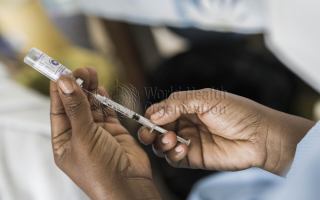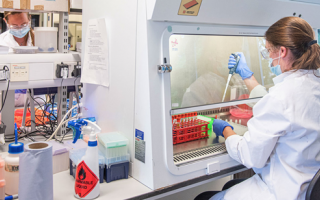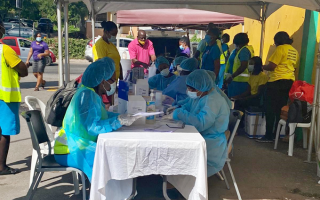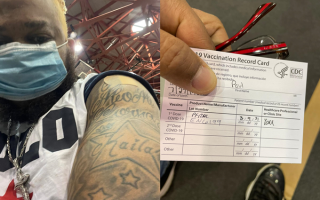Vaccine ‘patches’ trial shows promise – WHO

But now, there could be an easier alternative in the form of patches that can be simply applied to the skin, much like a sticking plaster.
Early data from a vaccine patch trial in the Gambia has shown promising indications that it could be effective in protecting children from measles.
The UN World Health Organization (WHO) has been helping to develop these vaccine microarray patches – or MAPS – as they are known, for several years already.
Birgitte Giersing, team lead at WHO’s Vaccine Product and Delivery Research Unit, said that the patches could be a major breakthrough in protecting vulnerable populations from preventable diseases.
Groundbreaking potential
“They are potentially groundbreaking vaccine delivery technology that could really contribute to increasing the coverage of life saving vaccines like measles and rubella…especially in low resource settings”, she told reporters in Geneva.
“And this is because they can be more easily delivered than vaccines that need to be injected, especially in outbreaks or in humanitarian emergency situations.”
Dr. Giersing explained that the patches could be especially useful in combating measles and rubella. Vaccines for both of these diseases have been available for decades but coverage levels dropped during the COVID-19 pandemic and now there are many millions of susceptible children in many countries.
“People may be more willing to be vaccinated by a patch than by a needle, so there's really an acceptability advantage” to the patches, Dr Giersing said.
Old Harbour News is a community-based online news media outlet based in Jamaica with more than 300,000 unique visitors since 2013. However, we are soliciting your support to continue provide independent journalism and unique stories tailored just for you. Your contribution, however small it may be, will ensure our service to you remain independent and grow to serve you better. Click the DONATE BUTTON now to support Old Harbour News. Thank you.





























